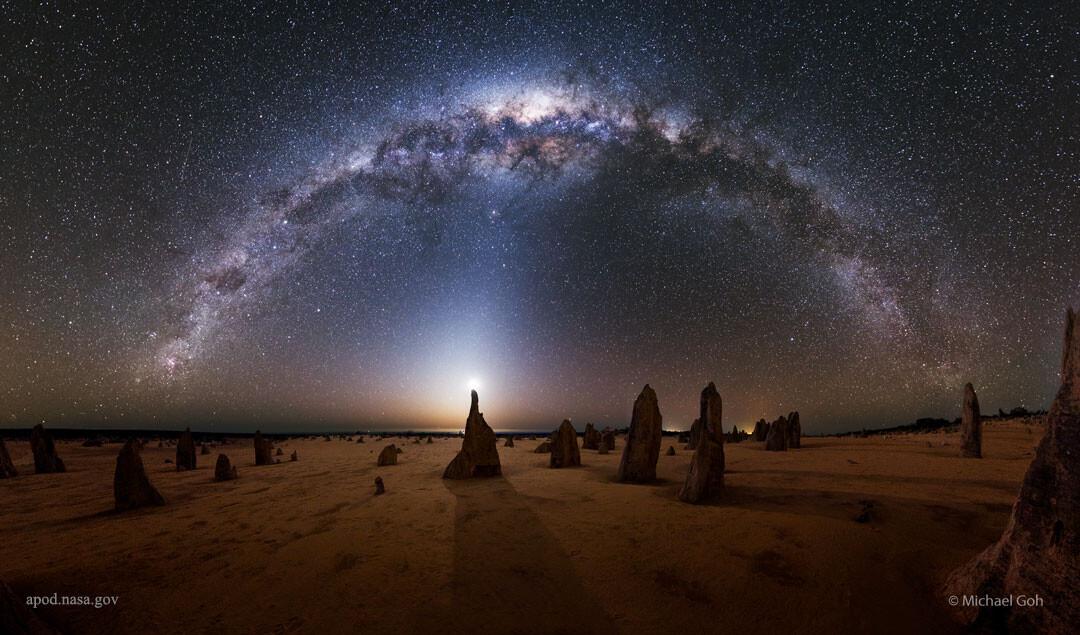The parent body of asteroid Ryugu appears to have harbored water in the form of ice for over a billion years, Japanese researchers have found, in a discovery that could reshape ideas on how the Earth got its oceans. https://www.japantimes.co.jp/news/2025/09/11/japan/science-health/ryugu-asteroids-water-earth/?utm_medium=Social&utm_source=mastodon #japan #sciencehealth #hayabusa2 #space #astronomy #asteroids #planets #ryugu
Hello #FediScience, migrating from astrodon.social (about to close), I am joining you here (inspired by @wolfgangcramer), so it's time for a new #Introduction
I'm Alexandre Santerne (call me Alex), #astronomer working @LAM_Marseille & teaching at Aix-Marseille #University (France).
I'm expert in finding #NoPlanetB 😀 ( #planets around other #stars).
I want to work in a #fair, #inclusive, and #sustainable #research #environment, so I (try to) act accordingly. I'm a member of @labos1point5
I toot a lot about #Astronomy, #Astrophysics, #Space but also a lot about #ClimateChange and #Climate.
Since 2019, I completely boycott planes, and I travel by #train (long distance) and #bike (short distance) as much as I can.
My other interests include #photography (visit my Flickr gallery in my profile) #Astronomy#Space
Oh, in case you don't know where Aix-Marseille is (trick: in 🇫🇷 ), the image below (credit: #NASA / JPL-Caltech / Space Science Institute) is indicating where I am, as seen from #Saturn...
... and where you also are, together with 8B people as part of 2M species 😀
Hello #FediScience, migrating from astrodon.social (about to close), I am joining you here (inspired by @wolfgangcramer), so it's time for a new #Introduction
I'm Alexandre Santerne (call me Alex), #astronomer working @LAM_Marseille & teaching at Aix-Marseille #University (France).
I'm expert in finding #NoPlanetB 😀 ( #planets around other #stars).
I want to work in a #fair, #inclusive, and #sustainable #research #environment, so I (try to) act accordingly. I'm a member of @labos1point5
I toot a lot about #Astronomy, #Astrophysics, #Space but also a lot about #ClimateChange and #Climate.
Since 2019, I completely boycott planes, and I travel by #train (long distance) and #bike (short distance) as much as I can.
My other interests include #photography (visit my Flickr gallery in my profile) #Astronomy#Space
Oh, in case you don't know where Aix-Marseille is (trick: in 🇫🇷 ), the image below (credit: #NASA / JPL-Caltech / Space Science Institute) is indicating where I am, as seen from #Saturn...
... and where you also are, together with 8B people as part of 2M species 😀
APOD from 2025-02-09
Milky Way over the Australian Pinnacles
Pinnacles in Western Australia foreground this panorama featuring a crescent #Moon amidst zodiacal light and the Milky Way. The 2015 image captures these limestone spires, whose formation is a mystery, under a star-studded sky.
HD image at https://apod.nasa.gov/apod/ap250209.html#space #astronomy #earth #planets #galaxy

